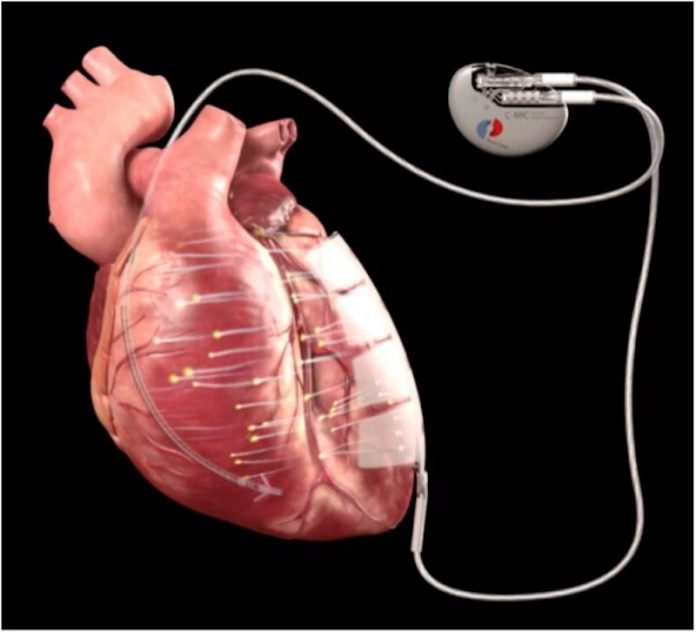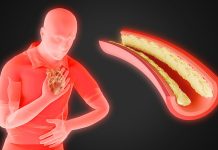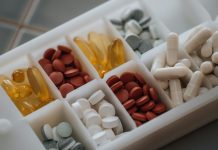
In a new study, researchers have developed a new device that can be been successfully used to strengthen the weakened heart muscle.
They suggest this device can greatly benefit people with a heart muscle disease called cardiomyopathy.
The research was done by a team from the MedUni Vienna/Vienna General Hospital.
In cardiomyopathy, the heart muscle becomes pathologically enlarged so that it can no longer contract sufficiently.
There are several causes for this disease: it can be congenital, the result of inflammatory conditions, due to toxins, and the result of the aging.
The current treatment tries to stabilize patients for as long as possible using drug treatment.
After that, the patients can be stabilized by technological methods such as special pacemaker systems.
The treatment of last resort for the disease is a biological replacement (heart transplant) or mechanical replacement (ventricular assist devices).
In this new device, an implanted pulse generator exercises the heart muscle using a microcurrent, thus stimulating the damaged heart muscle to regenerate.
The technique is minimally invasive. The device is implanted under general anesthetic via two small incisions.
One electrode takes the form of an extensive patch on the outside of the heart muscle, while the other sits in the ventricle.
A small, fully implanted device then emits a microcurrent, stimulates the affected heart muscle and causes it to regenerate.
This technique is important for patients for whom drug treatment and other technological options have been failed but who do not yet urgently need a heart-assist pump or a transplant.
The device has now been successfully used in patients for the first time. It may help save a patient from a heart transplant operation or at least delay the need for one.
The leader of the study is Dominik Wiedemann from the Division of Cardiac Surgery.
Copyright © 2019 Knowridge Science Report. All rights reserved.



